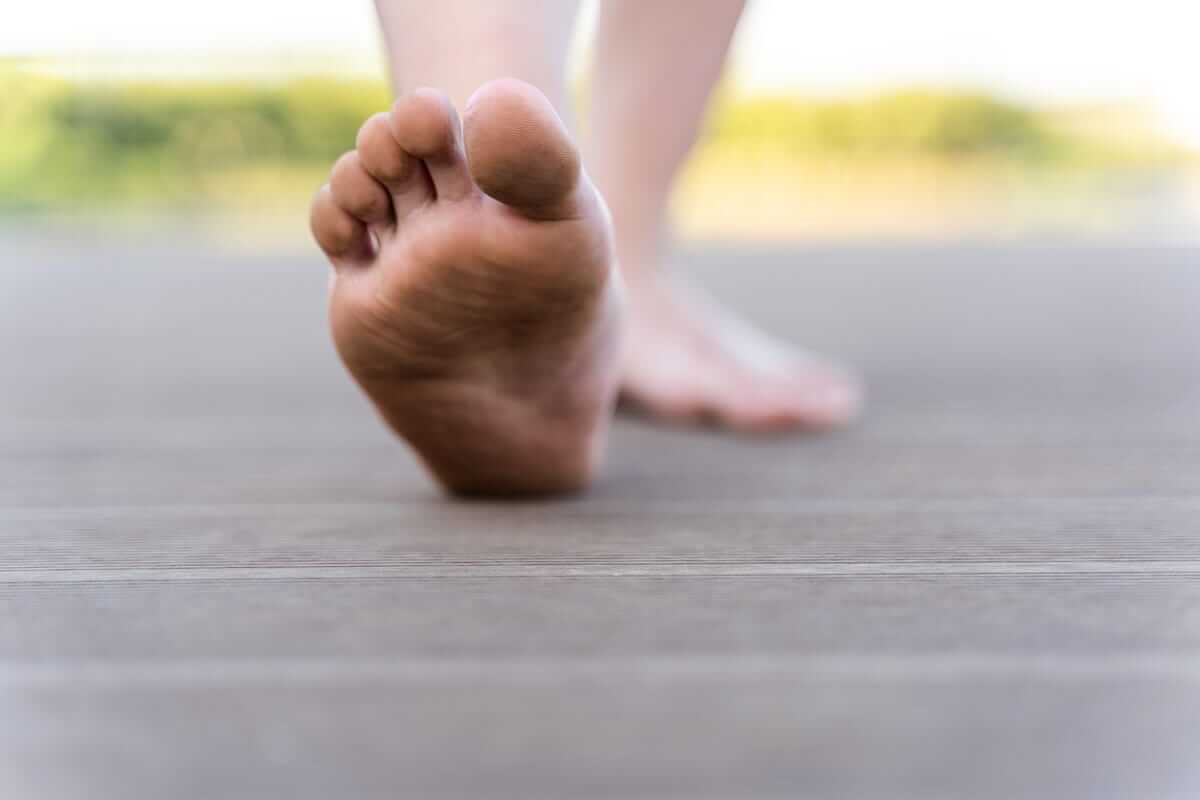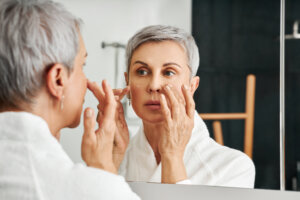Read Full Article HereIT’S SAFE TO say people are weirded out by bare feet.
Business owners in Florida beach towns started displaying “no shirt, no shoes, no service” signs in the 1950s to keep shoeless and shirtless customers out. The signs reportedly became popular around the country in the 1960s and ’70s with the rise of hippie barefoot culture.
More recently, Gen Zers have shared their distaste for going barefoot on TikTok. And, 12 percent of adults report fearing their own or other people’s feet, known as podophobia, according to the Cleveland Clinic.
The reason for the aversion to bare feet: People tend to think they’re gross. And there’s plenty of truth to that. You probably don’t wash your feet very carefully very often, and they can come in contact with all sorts of germs.
“That can be bacteria, fungus, or viruses,” explains Saylee Tulpule, D.P.M., a podiatrist in Washington, D.C., and a spokesperson for the American Podiatric Medical Association. “Our feet definitely are germy.”
But exactly how germy depends on where you’re walking around. Your feet are more likely to pick up gross things in certain environments, like gyms or spas, says Julie Schottenstein, D.P.M., a podiatrist and founder of Ths Schottenstein Center in Miami.
These public spaces tend to be moist, which makes them more likely to attract germs, and think about how many other people have also been barefoot there. A 2023 study found that fecal bacteria are often found on city sidewalks, and it’s easily tracked indoors on the bottoms of people’s shoes (yikes!).
Still, you probably enjoy kicking off your shoes sometimes. So how gross is going barefoot, really? Doctors explain how the germs you encounter could affect your feet, signs that something is going on with them, and how to prevent any problems.
What Can Happen to Your Feet When You’re Barefoot?
IT’S COMMON TO have different bacteria, yeast, or fungi on your skin, including your feet, says Aubrey Chad Hartmann, M.D., a dermatologist at U.S. Dermatology Partners Cedar Park in Texas. Usually, these germs are harmless—if your immune system is healthy and your skin’s protective barrier is intact.
Bacteria, fungi, and viruses tend to love warm, moist environments, like saunas, pools, spas, or gym showers, says Dr. Schottenstein. These germs are more likely in public spaces, but they can live anywhere, including your home.
“As a foot doctor, I’m afraid of a spa situation because that’s where people pick up things like fungus or warts,” she says.
Going barefoot increases your risk of an injury, like a cut or scratch on your feet. When the skin barrier is broken—no matter how tiny the cut is—pathogens can get in and potentially cause problems like warts, athlete’s foot, nail fungus, and infections, Dr. Schottenstein explains.
Even if the germs aren’t causing problems for you, you can spread them around when you’re barefoot, which might cause problems for others, Hartmann says.
Signs of Foot Problems
THE GERMS YOUR feet are exposed to while barefoot can cause several problems. So, it’s important to regularly inspect your feet—including between your toes—to look for signs of an issue, Tulpule says.
Redness, swelling, blisters, bumps, scaling, lesions, or anything that just looks different are other signs something is going on with your feet, and you should get it checked out, Schottenstein says.
Here’s what to look for:
Plantar warts
Plantar warts are one of the most common foot problems linked to going barefoot, Dr. Tulpule says. “We tend to see an influx of warts in the fall because people are barefoot all summer, especially around pools.”They’re caused by the human papillomavirus, which thrives in warm, wet places, and they’re contagious, according to the Cleveland Clinic.
Plantar warts are painful bumps that look like cauliflower with a black dot in the center, Dr. Tulpule says. They tend to form around or between your toes or on the ball of your feet or heel.
The warts can go away on their own after a couple of years, or you can treat them at home with salicylic acid. Your doctor can also freeze them off or prescribe a topical treatment.
Athlete’s foot
This fungal infection shows up as scaly patches between the toes or along the periphery of the foot and can be itchy, Dr. Tulpule says. You can get athlete’s foot from wearing sweaty shoes and socks for too long or from contaminated surfaces.You can try using over-the-counter antifungal products to treat it. If that doesn’t work, your doctor can prescribe something stronger, according to the Mayo Clinic.
Toenail fungus
Discoloration, chalkiness, thickening, and nails separating from the nail bed can signal a toenail fungus, according to the Cleveland Clinic. Some types of fungus are contagious so you can get them from being barefoot.Fungus typically starts in the skin and moves into the nail, Dr. Hartmann says. Once it reaches the nail, it can be difficult to treat, and you often need to see a doctor for a prescription medication.
How to Prevent Problems from Going Barefoot
Generally, Dr. Tulpule recommends minimizing being barefoot. She says she encourages her patients to wear sandals, flip-flops, or slippers in public spaces, like pools, gyms, or hotel rooms. This footwear provides a barrier between your feet and a potentially contaminated surface.
But you probably do go without shoes from time to time. Practicing good foot hygiene can protect them. Here are some tips:
Keep your feet clean
After being barefoot in public, whether at the beach or a yoga class, Dr. Tulpule recommends washing your feet with soap and water, including in between your toes.Then, dry them well, Dr. Hartmann says. Moisture can increase your risk of fungal and yeast infections.
And, don’t forget to change your socks every day or anytime they get sweaty.
Use a shoe spray or foot powder
If you have sweaty feet, Hartmann suggests using drying powders with anti-fungal agents, like ZeasorbAF. “The inner sole of your shoe, because it tends to be warm and moist, tends to contain the most bacteria.”A shoe spray with antibacterial or antifungal agents can help kill any germs in your shoes, too, Dr. Tulpule says.
Moisturize
Along with regularly cleansing your feet, Dr. Hartmann suggests moisturizing them, too, especially if you have dry skin. Dryness can lead to cracks in the skin, which can allow bacteria to enter and cause an infection.He recommends moisturizers containing lactic or urea acids, which help exfoliate and smooth the feet and reduce bacterial, fungal, and yeast growth.
How Gross Is It to Go Barefoot?
August 22, 2024








